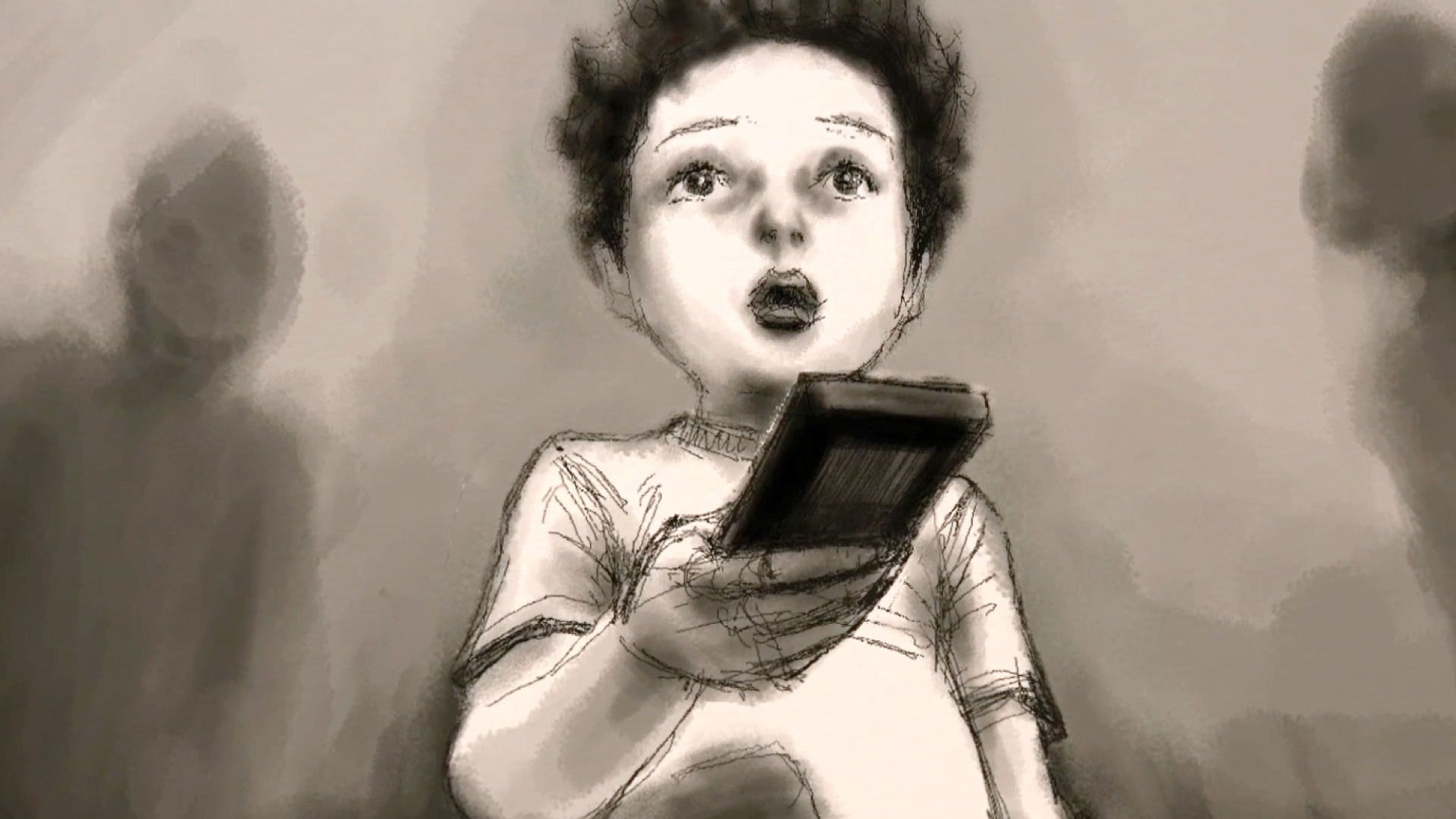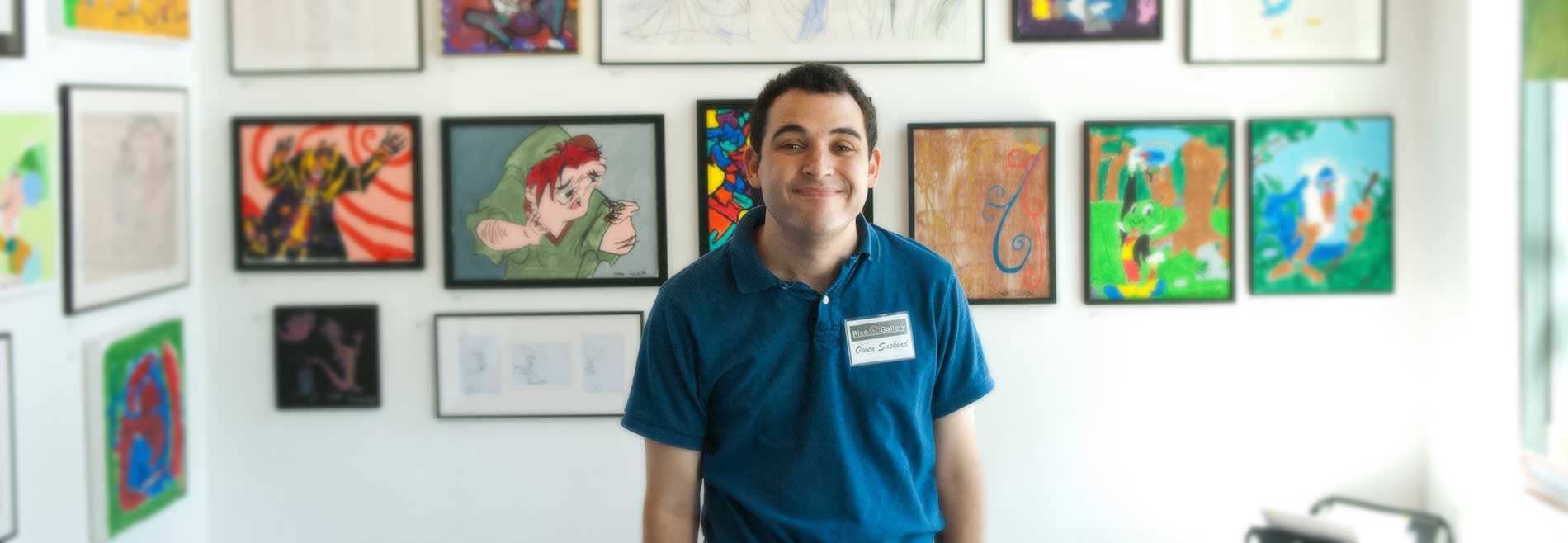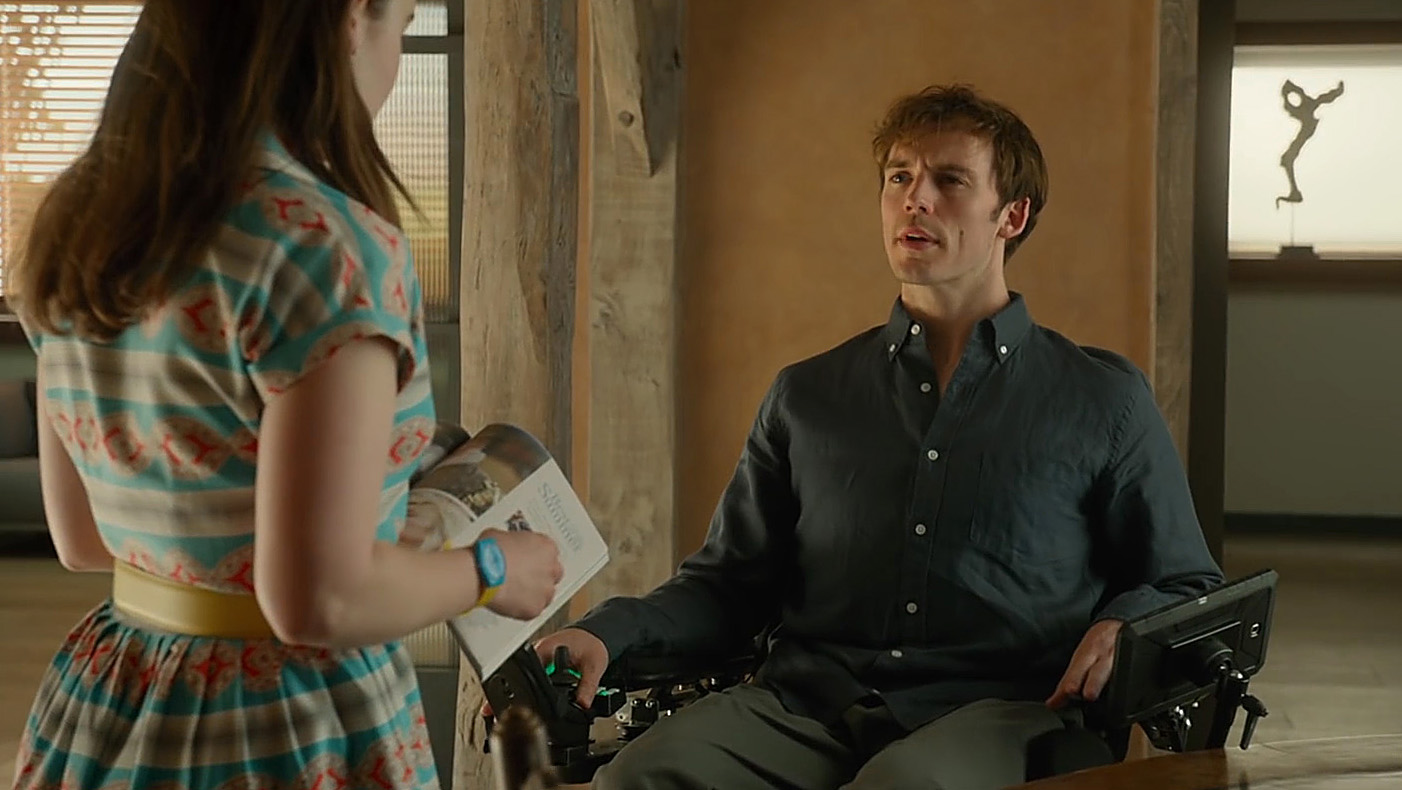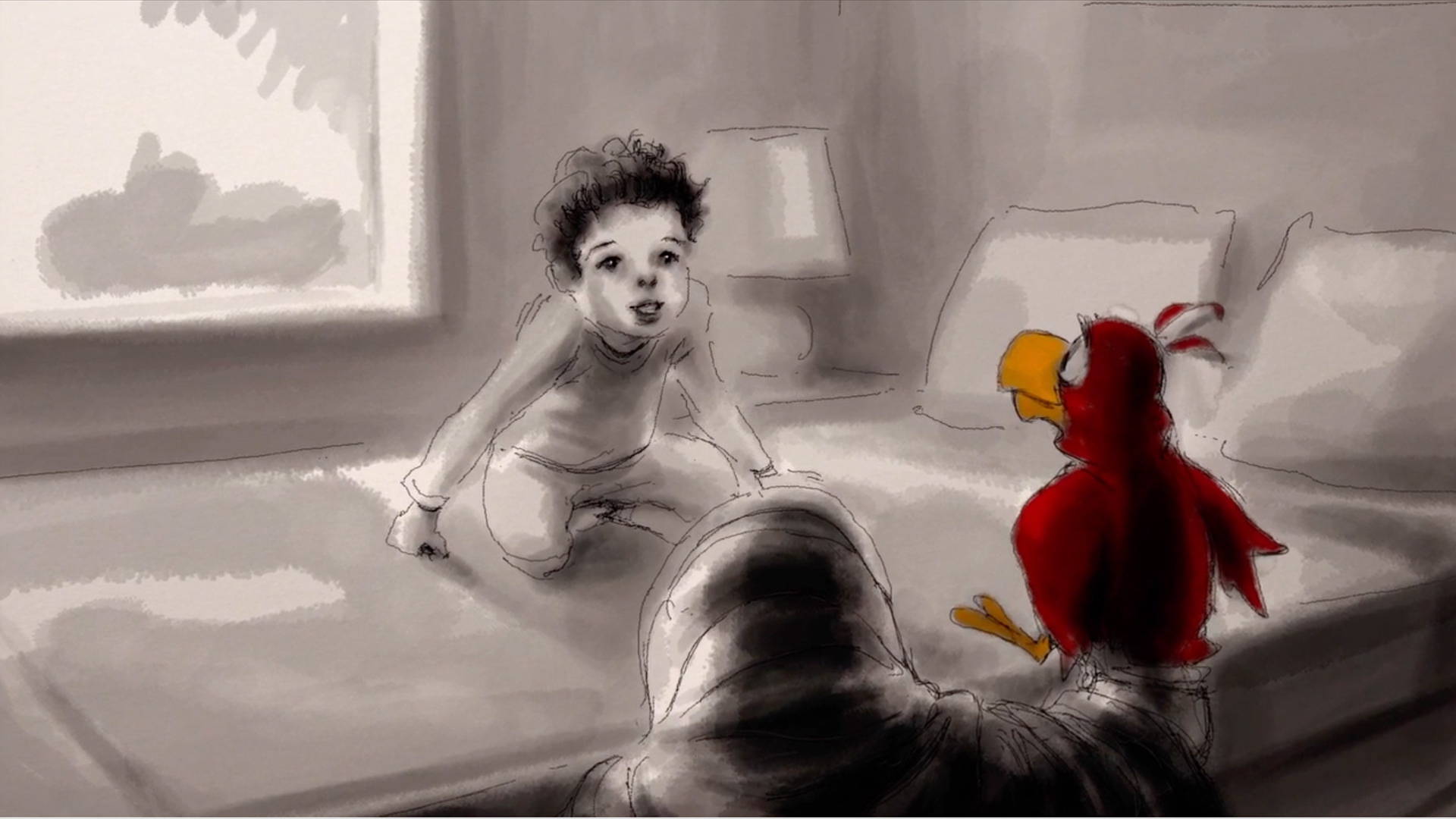How does “Life, Animated” show living with autism from an inside POV?
Quick Answer: In an increasingly dense field of disability-related films, Life, Animated stands apart. Roger Ross Williams’ documentary is about Owen Suskind, a young autistic man for whom Disney films have provided a powerful channel for communication. What makes the film so successful is Williams’ insistence on shooting it “from the inside looking out.” Williams and his team make specific decisions to achieve this goal. Anytime Owen is seen watching a film, the cinematography puts him at the center of the shot. Indeed, Life, Animated makes the simple yet powerful decision to focus on Owen first, followed by his family’s reactions. Furthermore, the film’s animation and auditory elements help to create a sensory experience that represents Owen’s unique perspective.
Film is a vital medium for channeling one’s experiences to a broader audience. In making films about people living with disabilities, the difficulty of accurately and respectfully depicting those experiences has become increasingly intense even as interest in making these films continues to grow. “It’s almost like autism is its own genre of film now. [But] so many autism films and films about people with disabilities are really about the outside looking in,” director Roger Ross Williams told ScreenPrism. “[Life, Animated] was really about the inside looking out.”
In taking this particular approach, his latest documentary, Life, Animated (2016), differentiates itself from the increasingly dense field of disability-related films. Life, Animated tells the story of Owen Suskind, a young man who was unable to speak as a child until he and his family discovered a way to “break out of the prison of autism” thanks to his love of classic Disney animated films.

Life, Animated
Owen’s story has already been told in his journalist father Ron Suskind’s book of the same name. But it is in this film that we get to see Owen’s story told from Owen’s point of view. It’s helpful that Williams already had a relationship with Owen’s family, having worked with Ron at ABC News, done a piece on mother Cornelia’s parents and even made Owen’s bar mitzvah video. According to Williams, it is this personal relationship that likely helped create the intimacy and ease with which the film so easily navigates the story’s complicated and incredibly personal narrative.
“In the arc of the film, you meet Owen… and he’s talking to himself and he’s pacing, and you’re uncomfortable,” says Williams. You’re like, “What’s going on?... By the end of the film, you know exactly what’s going on; you know exactly what’s going on in his head and this rich world [he’s created].”
Williams and his team make specific decisions to achieve this goal. Anytime Owen is seen watching a film, the cinematography puts him at the center of the shot and cuts back and forth between shots of a Disney film and his own suitably animated reactions to it. It’s interesting that Pixar hasn’t had such a hold on Owen, especially given Finding Dory’s (2016) and its predecessor Finding Nemo’s (2003) success highlighting a range of disabilities from physical (Nemo’s fin) to emotional (Marlin’s PTSD from his wife and children’s deaths) to cognitive (Dory’s high-functioning memory loss issues). But Owen is a fan of the classics, something many a ‘90s child can relate to.

Owen Suskind in Life, Animated
None of us know how to handle life beyond the credits. But within Owen’s disability, there’s a particular need for practiced rhythms, for structure that can help make sense of the world around him. By using Disney films as his scripts, Owen’s story becomes more than just a love story to animated films, especially when he starts learning how to navigate territory uncharted by his lifelong favorites. As Owen’s brother Walt notes, Disney films don’t exactly explore the realm of adult sexuality. Neither, as Owen learns, do they tell you how to handle the loneliness of moving into your first apartment or the finality of breaking up with your first love. “The future, I’m still searching for it,” says Owen in the film.
Though Disney may not hold all the answers for Owen, the films serve as a tool for Owen to make valuable connections. In an early sign of a potential breakthrough, Owen sees in his brother a fear of growing up and equates it to one of his many Disney favorites. This isn’t just a moment of film commentary from a surprising source or a simple lesson from a childhood favorite. This is a child who uses the tools he has to see deeper into a world despite the fog that clouds his mind. “Owen is such an expert on myths and fables,” Williams notes. “These stories have been told for thousands of years; they’re something we all need to survive and [to] connect with one another…And so [Owen] becomes an expert on life…[he’s] an expert on what it is that makes us human.”
When disability films don’t work, it’s because the filmmakers use disability as a tool through which to wring out emotion and heartbreak. This is where a film like Me Before You (2016) fails. By taking on patient assisted suicide in a disabled person, Me Before You fails to navigate the nuance both of that decision and of living with a disability despite its challenges. Though not as nuanced as its predecessor, Finding Dory treats disability with more respect than Me Before You. With Nemo telling the disabled parent’s story and Dory telling the story of a disabled child, the franchise manages to showcase the world of disability as a whole-hearted, lived-in universe filled with amazing individuals and the friends and family who love them.

Emilia Clarke and Sam Claflin in Me Before You
Life, Animated feels both inspired by and an improvement on this trend. No, it’s not as silly as Finding Dory - though Owen has a natural sense of humor that delights again and again. While it has a well-mapped narrative arc, Life, Animated tells the story of the difficult, beautiful truths in between. Beyond that, Life, Animated makes the simple yet powerful decision to focus on Owen first, followed by his family’s reactions. Large portions of the film have Owen as the only player; they feature him talking about his fears, joys, and everything in between. When his family members sit in front of the camera, they primarily focus only on their own reactions, not on translating Owen’s words for him. The closest comparison to this film’s approach, actually, seems to be Sesame Workshop’s recent round of autism videos. Released in February, the new videos feature Sesame Street characters Abby and Grover playing games and asking young kids with autism their favorite foods and the spellings of their names. They even feature a new animation created by students of Exceptional Minds, a nonprofit animation and visual effects school and studio that trains young adults on the autism spectrum for jobs in the industry.
Animation also plays a direct role in highlighting Owen’s story. While the film mainly uses footage of events as they are experienced, the film also shifts into animated segments. This is seen most strikingly through an interaction where Owen broke through the haze of his autism to tell his friend Iago the parrot (puppeted by his father) about his childhood loneliness.
The standout moments of the animations, though, come from the adaptation of Owen’s self-written story, “The Land of the Sidekicks.” Throughout his life, Owen describes an affinity for the sidekicks, the heroes no one sees as heroes. The animation style and music are ones that aren’t just influenced by Disney - they borrow directly from Owen’s perspective. The villainous Fuzzbutch, a creation of Owen who breathes fuzziness into your mind, is a direct symbol of the fuzziness autism causes in Owen’s own mind. For the music, Williams sought out then 23-year-old electronic music producer Dylan Stark, who used sounds that influenced Owen, such as his beloved VHS tapes rewinding and fast-forwarding. These effects help to create a sensory experience that represents Owen’s unique perspective. He sees himself in these characters and he wants to look after them because no one else will. “I am the protector of sidekicks,” says Owen at one point. “No sidekick gets left behind.”

Life, Animated
These films have given Owen a rough sense of his coming of age. In Aladdin’s Iago, he found his first friend to tell his story. The Jungle Book, the need to have friends at all. Bambi, saying goodbye to your mother. Pinocchio, the journey of becoming a real boy. Life, Animated knows how important scripts can be to many living with autism and tells that story with grace and dignity to an audience that may not know anyone who has to rely on such a tool.
One of Life, Animated’s greatest successes is the unbridled love we see Owen and the Suskind family exhibit towards each other throughout their lives. Williams’ film is an honest expression of a fundamental truth: people with disabilities have so much more to offer than just stories of sorrow. They live lives that are rich and nuanced and filled with intelligence and heart. Owen’s story has been a difficult one, but it is far from sorrowful. This isn’t a man you should feel sorry for; Owen is a man who is off on an amazing journey of his own.

